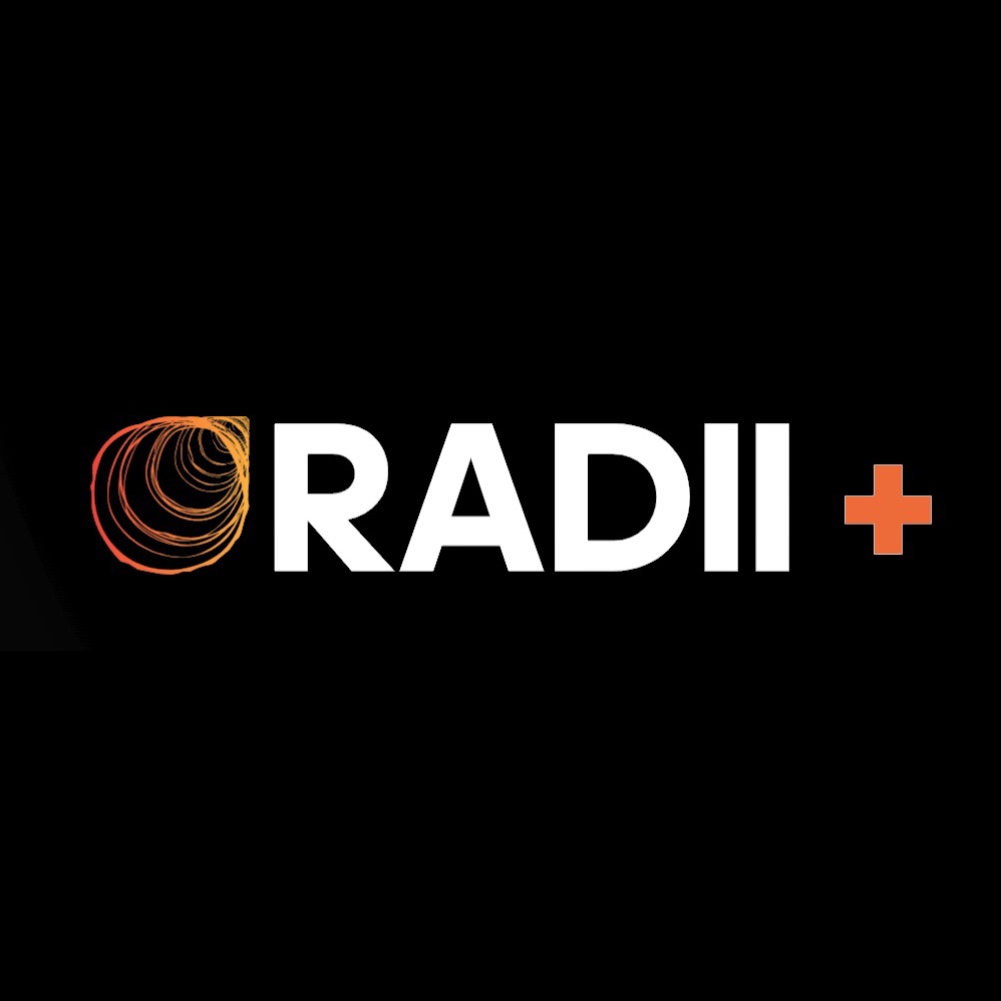Journalism is more than just a public good; it is a performance engine. In today’s divided attention economy, news readers stand out because they are knowledgeable, decisive, and engaged. Advertisers, however, continue to be cautious.
At a time when trust is limited and attention is fleeting, the irony is clear: Brands are limiting the same locations where their messages are most likely to be received. Quality news providers have struggled to monetise their material, particularly during the previous decade. From keyword blocklists and excessively cautious brand-safety measures to programmatic inefficiencies and curation gaps, good news is often omitted from premium ad budgets.
READ MORE: Why Advertisers Can’t Tell If They’re Monetizing Illicit Content On YouTube
A 2023 study (updated in 2025) by Stagwell’s Harris Poll and GARM confirmed what many in the industry had suspected: ads inserted within news content outperform non-news placements. News contexts routinely outperform other media in every category, including brand recall and purchase intent.
- In 2024, Stagwell saw three times the average return on ad spend (ROAS) for news campaigns.
- News Junkies have an average purchase intent of 66%, compared to 50% for the rest of the population.
- Avid news readers span all demographics and continue to rise in numbers.

News does not have a negative impact on advertising performance. It enhances it.
Journalism is not dead—it’s just been blocked.
Advertisers are concerned about the proximity to controversy — but the true controversy is how much high-performing inventory is left on the table owing to outdated blocklists. What was the result? Premium journalism ends up in the bargain bin, while sponsors miss out on the high-value, dedicated audiences that fuel these sites.
Regardless of whether the content is true journalism, advertisers are concerned about negative connotations with painful or polarizing issues, despite the fact that there is no evidence to support such associations. Keyword blocks and exclusion lists are designed to maintain distance. Instead than collaborating more closely with trusted news publishers, vital, fact-based information is automatically eliminated from ad campaigns, even if it comes from reputable, famous outlets.
READ MORE: Microsoft’s Existing OpenAI Deal Could Be Undercutting Ad Agency Partnerships
Another issue for news providers is that insufficient contextual technology fails to identify journalism from harmful information and the gradients in between. As the digital world has evolved, it has become increasingly difficult to discern what really constitutes “news” in a sea of content that also includes a great deal of political commentary and untrustworthy material. Because it appears impossible to grasp the nuance and intent behind content, quality journalism is mixed in with inappropriate or even destructive stuff merely because they have similar keywords. These systems treat everything the same because they lack the ability to distinguish what is truly “news,” as well as judge tone, reliability, and context.
News Readers: Informed, loyal, and prepared to act.
News audiences are more than just informed; they are involved. They are more likely to take action following exposure, spend more time on the website, and have a higher brand recall.
As AI affects how people obtain information, direct interactions with trustworthy news sources will become increasingly valuable. Though many news sites’ SEO-related traffic has decreased, many news publishers have made up the difference in direct visits, demonstrating that the Q&A structure of AI search does not always suit all of the needs of news readers. These readers actively seek out content, making them prime candidates for companies looking for relevance and credibility.
Nonetheless, the ecosystem continues to undervalue this cohort based on old notions, despite performance statistics indicating otherwise.
- Ads on credible news sources are perceived as 8% more relevant, 6% more useful, and 4% more trustworthy than non-news surroundings.
- A 2024 ThinkNewsBrands review found that campaigns on news platforms resulted in up to 88% more profit and market share gain than non-news placements.
- Ad Fontes Media case studies demonstrated that in its programmatic “news-only” campaigns, one advertiser achieved a 60% decrease in CPA (Cost per Acquisition), while another got a 50% higher conversion rate than non-news ads.
- Advertisers who used The Trade Desk’s content Navigator function, which raised spending on high-quality content inside a campaign by 24% on average, saw an 8% drop in CPA and a 9% rise in click-through rate (CTR).

Misconceptions about monetizing the news encourage fear-based decision-making while overlooking the opportunity cost.
It’s time to flip the script.
Fear-based news exclusion is not only ineffective, but also costly. Marketers who want results, not just appearances, must reconsider where their dollars go.
It’s time for DSPs, SSPs, agencies, and brands to adopt this new framework:
Begin with performance statistics (Stagwell, Newsworks, etc.).
Replace blocklists with existing techniques for recognizing high-quality news and contextual subtlety.
Test news like any other vertical, utilizing A/B performance benchmarks, tailored news pre-bid segments or PMPs, and direct collaboration with trusted news publishers.
Freestar collaborates with leading news organizations such as Reuters, AP News, and Fortune to ensure that performance and integrity go hand in hand. If you’re still avoiding news, ask yourself what you’re afraid of and what you’re missing out on.
Several panels at Cannes this year observed a shift in the narrative toward wasted opportunities and the possibility for monetizing this audience.
Advertisers claim they prefer brand-safe, high-impact, premium venues. News provides all three and brings results.
The drop in ad revenue for news publishers over the last two decades, caused by a convergence of new technologies and corporate errors, has resulted in the shrinkage and closure of far too many newsrooms, much to our collective harm. However, because humans have an insatiable desire for accurate information, journalism has persevered.
The recent return of marketers to news and their positive performance results are pushing more companies to adopt smarter, context-aware solutions, signaling a shift away from old brand-safety methods. Fortunately, this implies there is cause for optimism among journalistic publishers. Everyone has understood for a long time that promoting quality news is good ethics, but the true reason marketers are doing it more these days is that it works.
Step into the ultimate entertainment experience with Radii+ ! Movies, TV series, exclusive interviews, live events, music, and more—stream anytime, anywhere. Download now on various devices including iPhone, Android, smart TVs, Apple TV, Fire Stick, and more!


